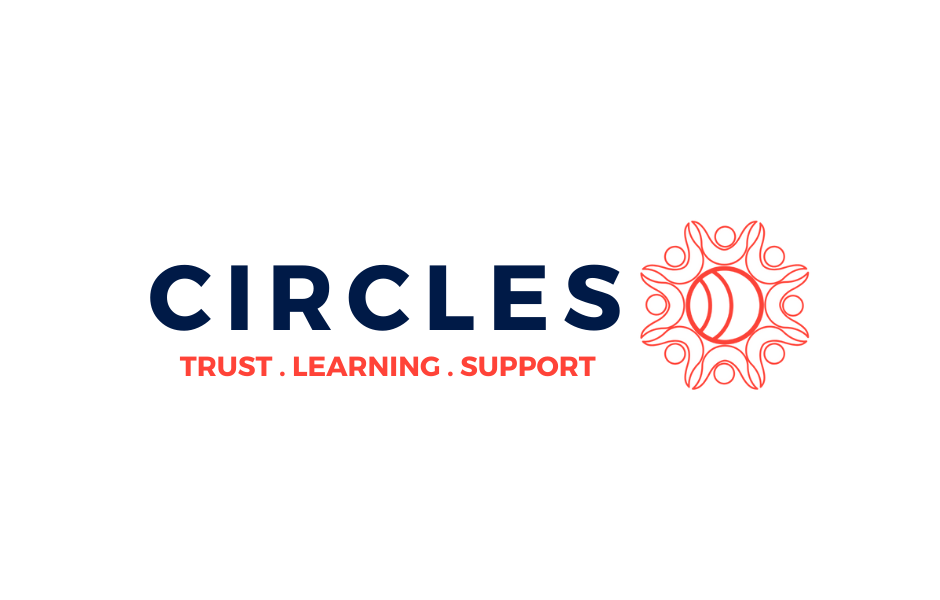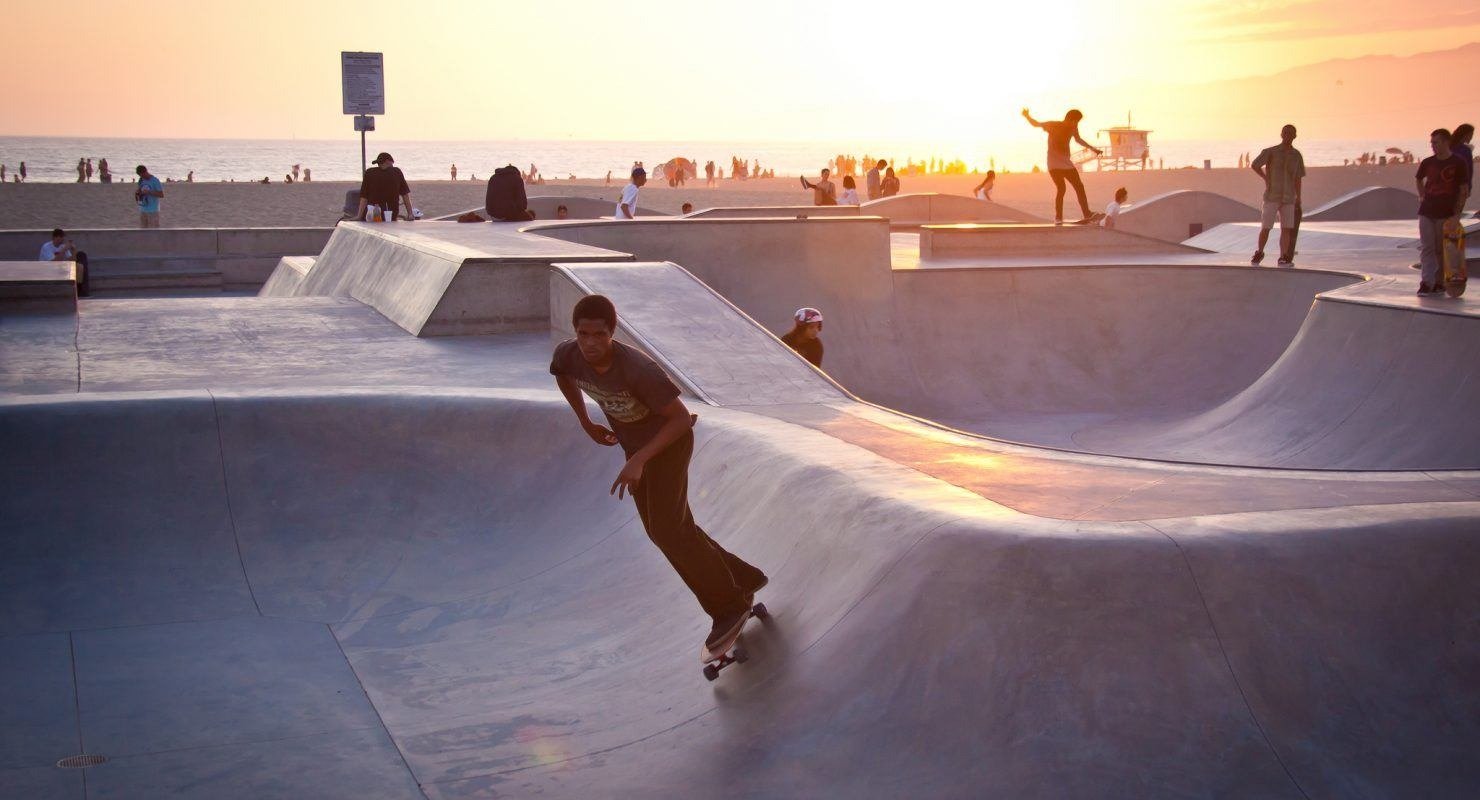Podcasting for Social Change
Will Coley
The Opportunity Agenda/Aquifer Media
Nikki Silva
The Kitchen Sisters
Key Takeaways:
The nuts and bolts of starting a podcast.
What makes compelling audio content.
How storytelling can lead to social change.
Slide Deck:
Breakout Notes:
Introduction
Speaker intros
Will Coley, The Opportunity Agenda and Aquifer Media
Nikki Silva, The Kitchen Sisters
Participants briefly share favorite podcasts; Asked how many people already are producing podcasts
Listening: What’s special about audio?
Listened to a clip by Marianne Mccune: On the Lower East Side, A Woman Emerges from a Dark High Rise for First Time
Just heard an example of Digital on-demand spoken audio, specifically Narrative journalism/storytelling. Also includes Unscripted studio-based shows, Radio drama/audio fiction and possibly Audiobooks.
What’s special about audio?
For Listener: must use imagination to participate; It’s intimate because listen on headphones and frequently alone; Easy to multitask while listening.
For the Producer: Eye contact is easier which = a better interview; Easier/cheaper to record or edit than video
For the Interview Subject: Microphone is less intimidating than video cameras; Measure of confidentiality (no faces)
How is radio different than podcasting?
Podcasts distributed digitally via RSS (Real simple Syndication) or online streamingBut goal is the same: Creating “driveway moments,” when storytelling is so engrossing that the listener can’t get on with their lives.
Who’s your intended audience? No such thing as “the general public.”
How popular are podcasts? See information from Edison Research. Worth noting that African-Americans and Latinos represent larger percentage of podcast listeners than in U.S. population.
Where can you find listening recommendations and/or find podcasts to pitch to?
Mobile Apps: Apple Podcasts, NPR One, Radio Public, Stitcher, Spotify
Newsletters like The Audit, Bello Collective, Pod-a-day, Podcast Broadcast, Future of Radio
iii. Podcasts in Color directory
iv. NPR’s Eadbud.fm
v. Third Coast International Audio Festival
vi. Various “best of” list from magazines, blogs, etc.
III. Storytelling: What make a good story of engaging conversation?
Listened to a clip from the Kitchen Sisters: The Making of the Homobile
Story structures:
Marshal Ganz says the “Story of Self” is Challenge, Choice, Outcome (which reveals a moral)
Ira Glass of This American Life says: “This is the structure of every story in our program – there’s an anecdote that is, a sequence of actions where someone says ‘This happened then this happened then this happened’ and then there’s a moment of reflection about what that sequences means, and then on the next sequence of actions.” from Radio: An Illustrated Guide by Abel & Glass
Gimlet media guidelines for producers pitching stories to their editors (which you can use for your project or help answer if pitching to them):
This story is about _______ and it’s interesting to someone besides you because ___________.
What is your motivating question?
Who is your character?
What do you imagine is the beginning, middle, and end?
What are the must-have guests and (if needed) scenes for this story?
Why is this a good fit for this show?
Producing: How can you make the best sounding audio?
Listened to a clip from the Kitchen Sisters: Archiving the Underground: The Hip Hop Archive at Harvard
Important to remember “Signal to Noise ratio”, i.e. get close to get the most “signal” and less “noise.”
Recording gear suggestions:
Will’s Field Recording Gear: Tascam 60D $175, Rode NTG2 microphone $270, shotgun pistol grip $50, headphones (always use headphones) $100, XLR cable $30, Total: $625 (which is cheaper than most video kits)
Re studio set up, Example of Reform Immigration for America’s Choices and Chismes podcast. Recording setup: Shure microphone $100 (x2); Focusrite amp $150 (x 2) $30 (x 2) $12 (x2) Total: $530
Mobile recording: i.e.
iPhone voice memo app (Problem with exporting if your recording is longer than 2 minutes so record in short spurts in separate files)
Android Voice Record App
Getting Rich Sound
Avoid “P Pops” (that explosive sound made by words starting with P) by keeping mic below the interview subject’s mouth at “ice cream distance”
For interview tape (non-action), find somewhere quiet with lots of soft surfaces that absorb sound
Distance Interviews. Sometimes the person you want to interview isn’t able to meet you in person. But don’t be tempted to record over the telephone. This “phone tape” sounds bad (compressed, fewer frequencies) and you shouldn’t use much of it in a podcast beyond short clips For longer interviews:
Hire a “tape syncer”: someone to sit next to interview subject and record their half of the conversation. Record the interviewer on their end. Combine in editing.
Ask interview subject to record themselves with a mobile app. Record the interviewer on their end. Combine in editing.
Use Skype. Send the interview subject a USB headset. Interview via Skype and record via your computer with a program like Audio Highjack. Record the interviewer on their end. Combine in editing.
Editing tools
Remember that editing is super important and most people are unaware of all the work that goes into editing, i.e.
A three-minute Storycorps segment can have 274 edits. Their motto: “A good craftsman leaves no trace.”
via Julia Barton (editor) @bartona104 tweeted: “PSA: when you hear a narrative podcast and you’re not confused, bored, distracted by clunky music or overactive explaining — please know nature did not make it that way; rather it was some folks worked hard days to get rid of all that s*** 4U.”
Editing programs:
Free: Garage Band on Macs, Audacity, iMovie
Monthly subscriptions: ProTools $25/month (industry standard), Adobe Audition $20-50/month
One time purchase: Hindenburg $95-375 (Free 30 day trial), Reaper $60, Wavepad $50
Resources for learning more:
Websites: Transom.org and NPR Training
Podcasts: Howsound and Third Coast Pocket Conference
Other producers: Local listening clubs (i.e. NY Radio Club, etc.) and directory of Association of Independents in Radio
Sharing: How can you get others to listen to your audio?
Listened to a clip from Will Coley’s podcast series “Indefensible”: Let My People Stay
Will advertised the episode on social media with an “audiogram” (one-minute video files that are comprised of an audio clip, a still image and an animated audio waveform) to catch the attention of people on social media. Make them with After Effects or SpareMin’s Headliner (free).
The audiograms helped drive traffic to each episode was also posted on the Immigrant Defense Project’s website with an embeddable SoundCloud player.
Will also posted episodes on podcast host, Libsyn, so people could listen on their mobile phones with apps.
If a podcast seems like too big of a commitment, there are other ways to use and share audio from your organization’s work:
Use audio to document panel discussions at conferences (better than uninteresting video), i.e. this event by The Opportunity Agenda.
Use audio to repurpose speeches from your organizations’ gala, i.e. this audiogram
Make “audio blog posts,” one off audio stories for your website.
In their Women On The Run project, UNHCR used audio posts profiling women refugees to protect their confidentiality
Combine audio interviews with “b-roll” video for documentary shorts (i.e. Occupy Bakery)
In summary: Start audio recording now for your organizational archive for future use.
Also look into selling your work to the public radio stations on the Public Radio Exchange.
Next Steps
Use NPR Training’s blueprint for planning storytelling projects.
Let us know how it goes and drop us a line if you have any questions.
These notes were captured by The Communications Network and have been reviewed by the presenters. ComNet18 Breakout Session notes were made possible thanks to the generous support of the Kalliopeia Foundation.




